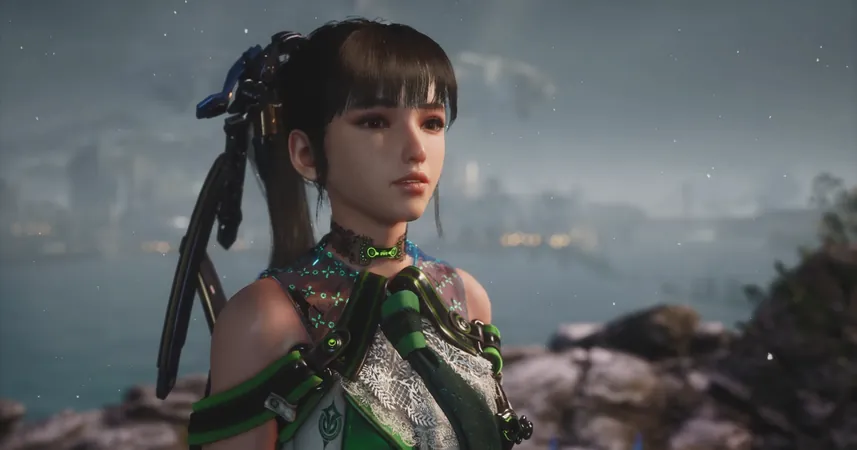
AI vs. Radiologists: The Battle of False Positives in Mammography Revealed!
2025-05-08
Author: Siti
Shocking Study Unveils AI's Performance in Mammography!
A groundbreaking study presented at the American Roentgen Ray Society (ARRS) conference has sparked significant interest by revealing a surprising 10% false positive rate for both AI software and human radiologists during digital breast tomosynthesis (DBT) screenings. But that's not the only twist in this tale!
The AI vs. Radiologist Smackdown!
Researchers delved into data from 3,183 DBT exams, comparing the false positive findings attributed to AI software (Transpara v1.7.1 by ScreenPoint Medical) and radiologists. The results unveiled intriguing differences in the nature of these false positives. The lead author, Tara Shahrvini, an aspiring MD/MBA from UCLA, pointed out that while the average age of patients flagged by AI was 60, radiologists primarily assessed younger patients with an average age of 53.
Diving into the Numbers: Who Flags What?
The study dissected the false positive cases flagged uniquely by AI and radiologists. Of the 304 false positives detected only by AI, a staggering 40% were benign calcifications. Meanwhile, radiologists noted that 47% of their 308 false positives were masses, with asymmetries and indeterminate calcifications trailing behind. Clearly, AI showed a tendency to identify more benign findings, while radiologists seemed to focus on potential malignant signs.
Racial Disparities and Dense Breasts: The Alarming Findings!
The study did not shy away from discussing the higher false positive rates among certain demographics. Asian women faced a false positive rate of 16% with AI, compared to 9% with radiologists, while African American women had 14% versus 8%. Additionally, for women with dense breasts, radiologists showed alarming false positive rates of 37% in BI-RADS category C cases and 14% in category D, significantly higher than the AI’s 22% and 5% respectively.
The Need for Synergy: Can AI and Radiologists Work Together?
Despite the minimal overlap (just 1.4%) between AI and radiologist flagging in the larger DBT screening group, the researchers propose a promising idea: a collaborative approach. Shahrvini emphasized the opportunity for AI and radiologists to work in tandem, potentially reducing recall rates and improving breast cancer detection efficiency!
Final Thoughts: A New Era in Breast Cancer Detection!
This study raises crucial questions about the future of mammography interpretation. Will AI become an essential team player in assisting radiologists, or will it take the spotlight to revolutionize breast cancer screenings? One thing is for sure: the debate has only just begun!






 Brasil (PT)
Brasil (PT)
 Canada (EN)
Canada (EN)
 Chile (ES)
Chile (ES)
 Česko (CS)
Česko (CS)
 대한민국 (KO)
대한민국 (KO)
 España (ES)
España (ES)
 France (FR)
France (FR)
 Hong Kong (EN)
Hong Kong (EN)
 Italia (IT)
Italia (IT)
 日本 (JA)
日本 (JA)
 Magyarország (HU)
Magyarország (HU)
 Norge (NO)
Norge (NO)
 Polska (PL)
Polska (PL)
 Schweiz (DE)
Schweiz (DE)
 Singapore (EN)
Singapore (EN)
 Sverige (SV)
Sverige (SV)
 Suomi (FI)
Suomi (FI)
 Türkiye (TR)
Türkiye (TR)
 الإمارات العربية المتحدة (AR)
الإمارات العربية المتحدة (AR)